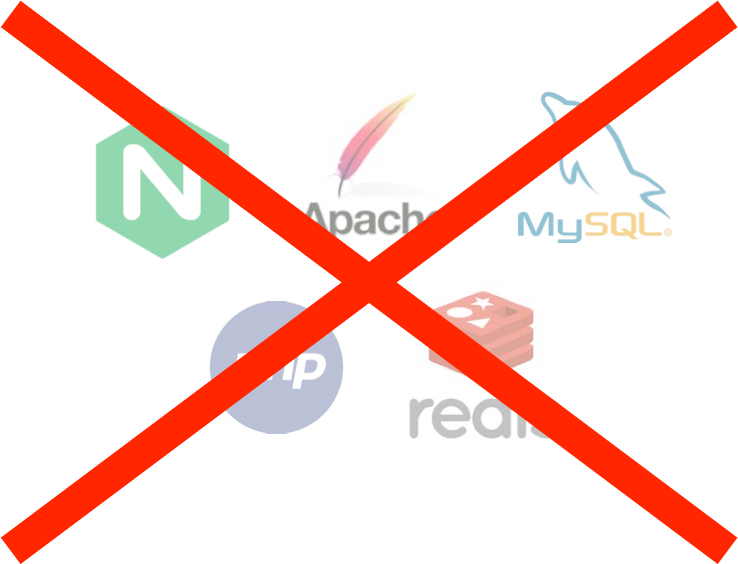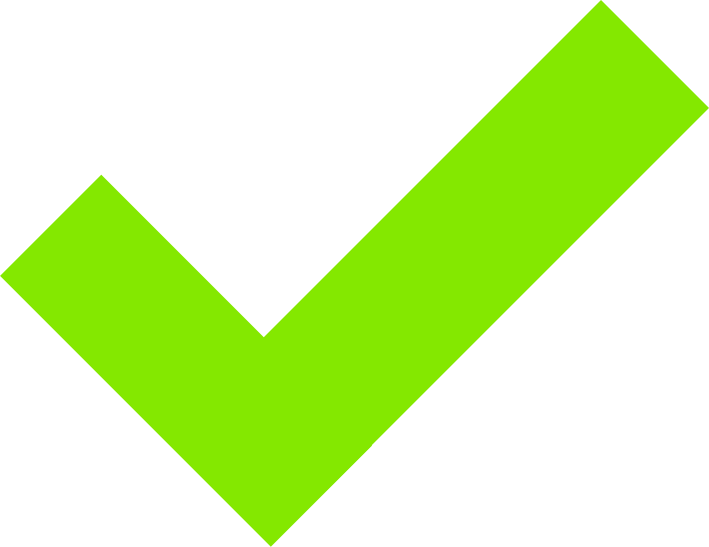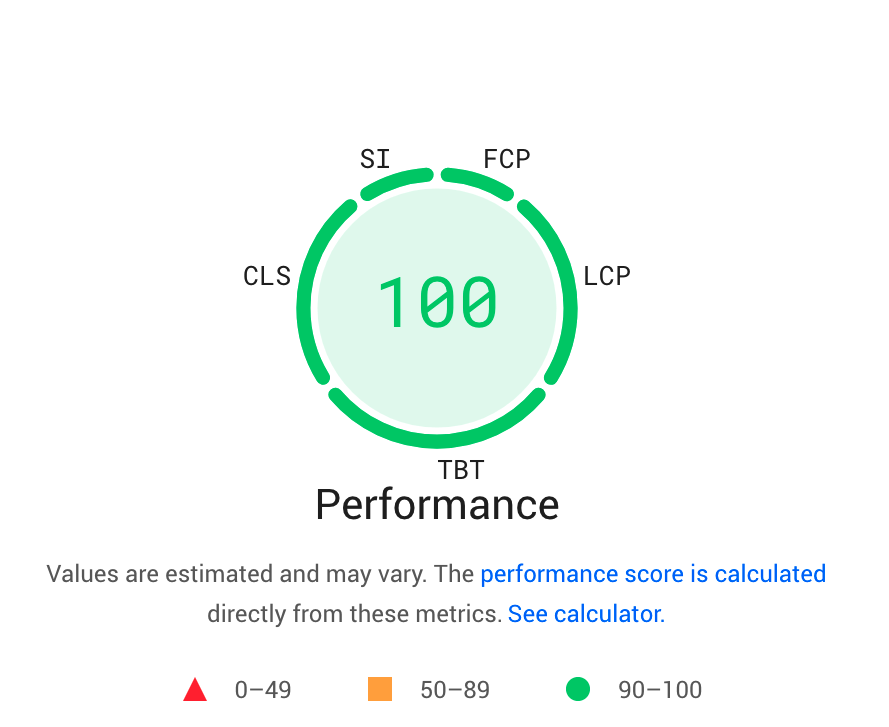How Cradle CMS compares against WordPress for running a blog or a website: both are self-hosted server-side rendered CMSs.
Cradle simplifies setup
As cradle has a webserver built in, uses SQLite (PostgreSQL and CockroachDB as an options) and, for example, provisions SSL-certificates with Let's encrypt a single server setup is done is three simple steps.

1. Start a server
Begin by initiating your server instance.

2. Configure domain
Set up your DNS configuration at your domain name provider.

3. Start Cradle
Launch Cradle and you're ready to go.
Simple, efficient, and secure server deployment
Comparison with other CMS platforms
See how Cradle CMS compares to traditional platforms like WordPress and Drupal.
Feature |
Cradle CMS |
Wordpress |
Drupal |
|---|---|---|---|
Performance |
Excellent |
Fair |
Good |
Security |
Very high |
Medium |
High |
Scalability |
Excellent |
Limited |
Good |
API support |
Built-in |
Plugin required |
Module required |
Resource usage |
Minimal |
High |
Medium |
All-in-one
Cradle CMS is a all-in-one website builder and functionality for modern sites is baked into the core installation, for example Cradle CMS is also a web server.


Great performance
No need for external cache or off-loading to CDN.

Our benchmark tests shows that our application handles 10 times more requests than php stacks. Server requirements for sites with 1 million monthly visitors are as low as 1 CPU, 512MB RAM, 1 GB Storage. Which translates to low monthly costs if using a cloud hosting service.
Get away from plugin dependency
While WordPress is an open source project and free, premium plugins, themes, and hosting can add up quickly. The following functionality comes with the installation for Cradle CMS but needs additional services or plugins for WordPress.
Cradle CMS includes
Scalability
Running a site with WordPress can quickly become costly with increasing amount of site visitors, many hosting providers will charge based on monthly visitors.
References
